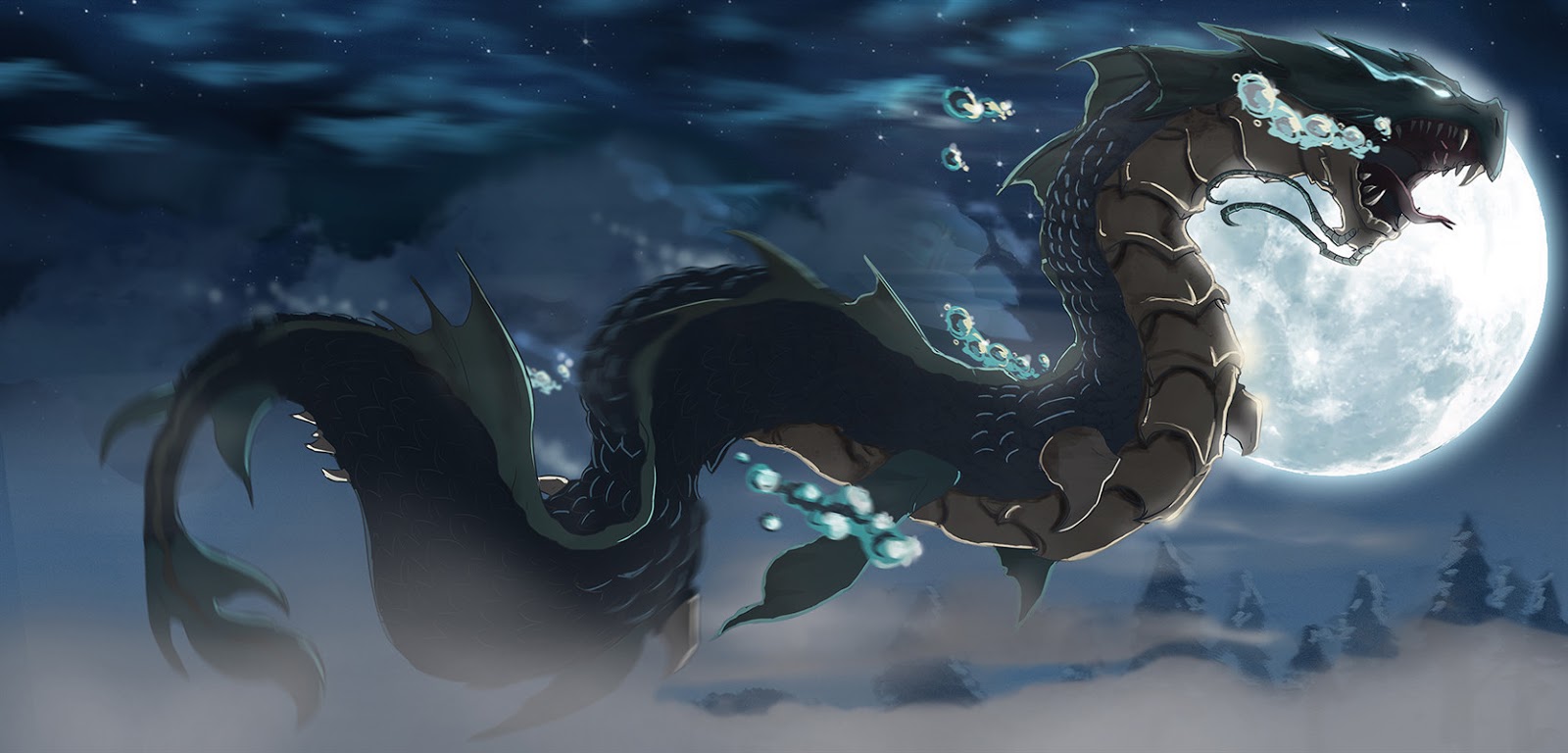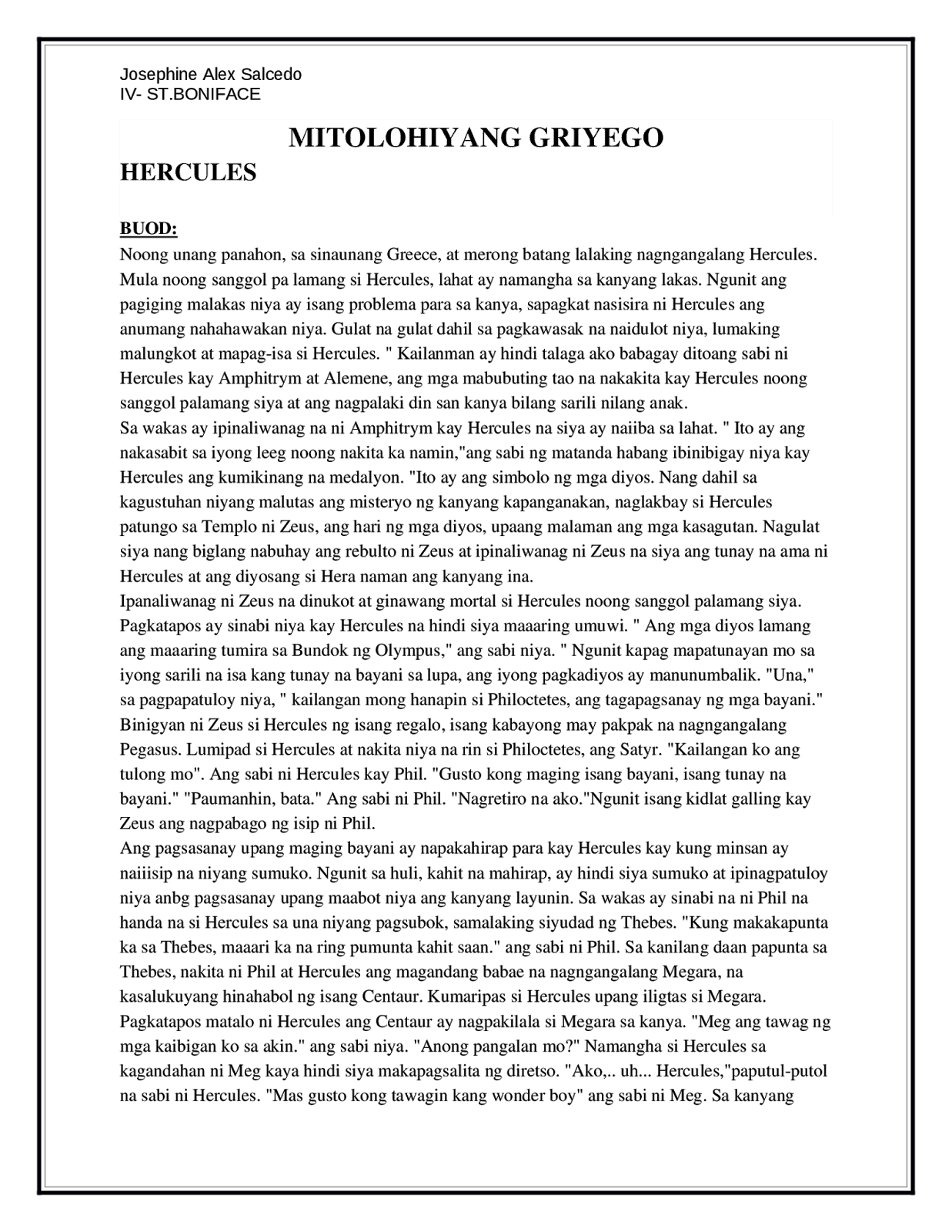Have you ever wondered about the creatures lurking in the shadows of ancient Philippine forests, or the deities residing atop majestic mountains? Philippine mythology, a vibrant tapestry woven with captivating tales of gods, goddesses, and mythical beings, offers a glimpse into the rich cultural heritage of the Philippines. These stories, passed down through generations, are more than just fantastical narratives; they are windows into the beliefs, values, and traditions of the Filipino people.
Philippine myths and legends, often referred to as "mga mitolohiya sa Pilipinas" in Tagalog, encompass a diverse range of narratives, varying from region to region. These stories reflect the archipelago's unique history and the diverse influences that have shaped its cultural landscape. From the fearsome Aswang to the benevolent Diwata, these mythical figures play a crucial role in shaping Filipino identity and understanding of the world.
The origins of Philippine mythology are rooted in pre-colonial animistic beliefs, which attributed spirits to natural elements and phenomena. The arrival of Islam and later, Christianity, further enriched the existing narratives, resulting in a fascinating blend of indigenous beliefs and foreign influences. This fusion created a complex mythological system that continues to resonate with Filipinos today.
The importance of these narratives lies in their ability to transmit cultural values, explain natural phenomena, and provide moral guidance. They teach lessons about courage, respect, and the consequences of one's actions. Moreover, Philippine mythology serves as a powerful link to the past, connecting present generations to their ancestors and their rich cultural heritage.
One of the main issues surrounding Philippine mythology is the threat of its gradual disappearance in the face of modernization. As the country progresses, there's a risk of these traditional stories being forgotten, replaced by contemporary media and globalized narratives. Preserving and promoting these tales is essential for safeguarding Filipino cultural identity and ensuring that future generations can appreciate the rich tapestry of their heritage.
For example, the story of Maria Makiling, a beautiful diwata residing in Mount Makiling, teaches the importance of respecting nature and its resources. Stories like these instill environmental consciousness and promote harmonious co-existence with the natural world.
The benefits of studying Philippine mythology are numerous. Firstly, it fosters a deeper appreciation for Filipino culture and heritage. Secondly, it encourages critical thinking and analytical skills as individuals interpret the symbolic meanings embedded within the narratives. Thirdly, it sparks creativity and imagination, inspiring artists, writers, and storytellers to draw inspiration from these rich traditions.
One way to promote Philippine mythology is by integrating it into educational curricula. This would expose younger generations to these narratives and ensure their continued transmission. Another approach involves organizing cultural events and festivals that showcase these stories through performances, storytelling sessions, and art exhibitions.
Several books and online resources offer valuable insights into Philippine mythology. "Creatures of Philippine Lower Mythology" by Maximo Ramos is a notable example. Websites dedicated to Filipino folklore also provide a wealth of information.
Advantages and Disadvantages of Studying Philippine Mythology
| Advantages | Disadvantages |
|---|---|
| Deeper understanding of Filipino culture | Limited academic resources in some areas |
| Enhances creativity and imagination | Potential misinterpretations of complex narratives |
| Promotes cultural preservation | Risk of commercialization and trivialization |
Five real examples of creatures from Philippine mythology include the Aswang (a shapeshifting monster), the Kapre (a smoking giant), the Tikbalang (a half-human, half-horse creature), the Manananggal (a self-segmenting creature), and the Diwata (a benevolent nature spirit).
Frequently asked questions about Philippine mythology include inquiries about the origins of specific creatures, the moral lessons conveyed in certain stories, and the regional variations in mythological narratives.
In conclusion, Philippine mythology, or "mga mitolohiya sa Pilipinas," offers a captivating glimpse into the heart and soul of Filipino culture. These stories, passed down through generations, serve as powerful reminders of our ancestral heritage and the values that bind us together. By embracing and preserving these narratives, we ensure the continued vibrancy of Filipino identity for generations to come. Explore the rich tapestry of Philippine mythology, delve into its enchanting tales, and discover the profound wisdom embedded within its narratives. Let us continue to share these stories, celebrate their enduring relevance, and ensure that their magic continues to illuminate our understanding of the world.
Unlocking the magic of behr light taupe your guide to tranquil home decor
Gearing up in the golden heart city your guide to fairbanks ak sports stores
Paris 2024 olympic football match dates and venues














